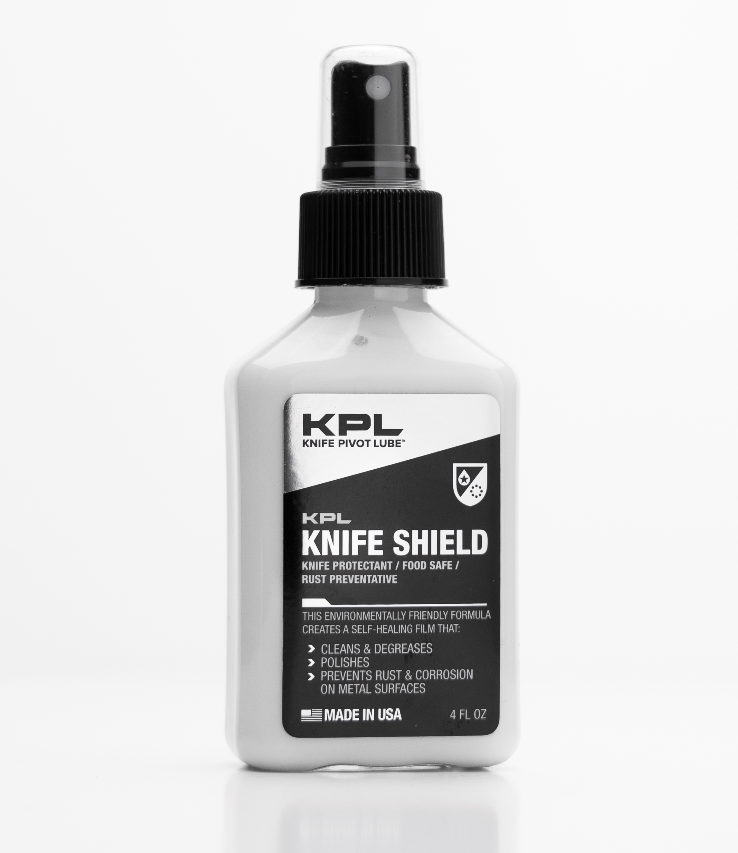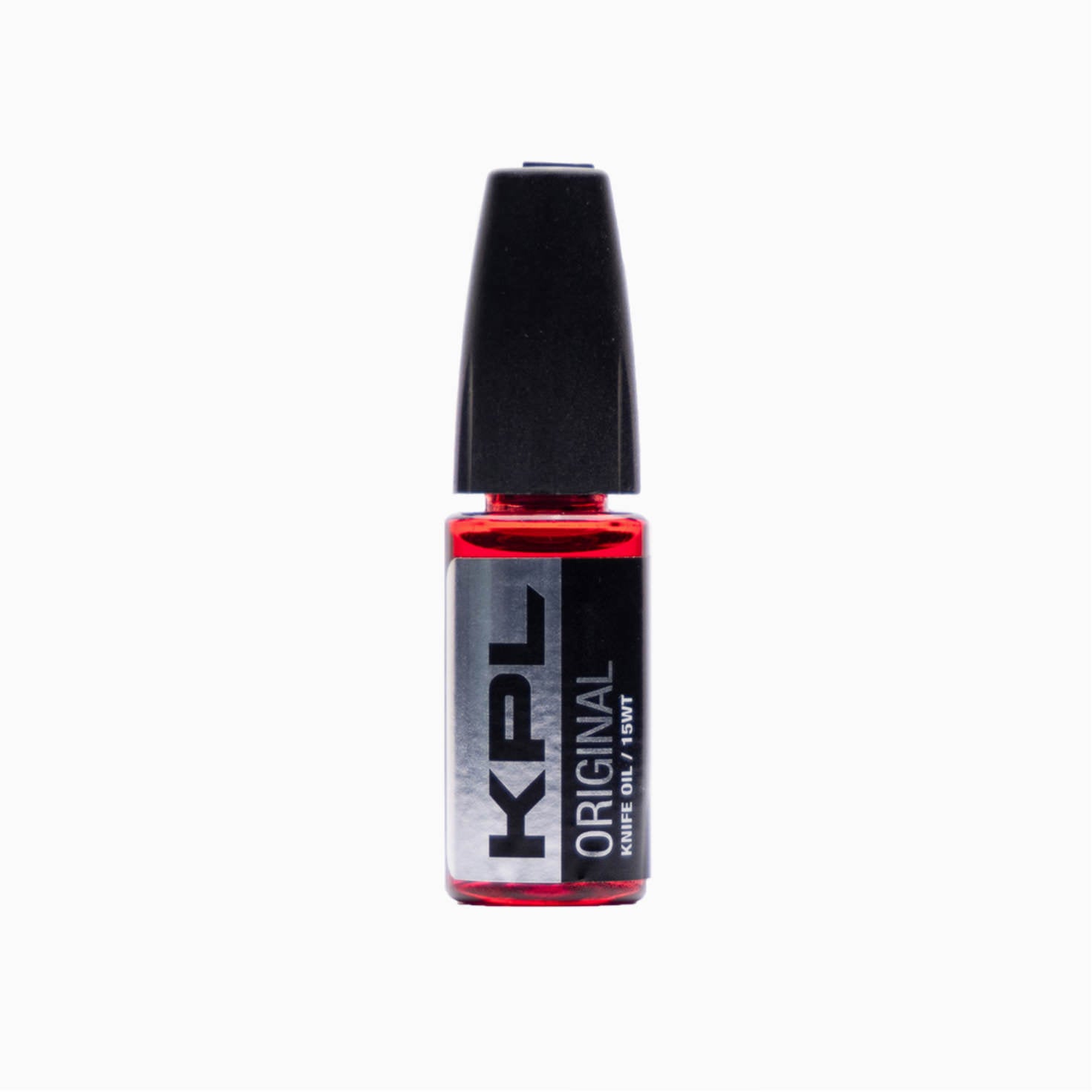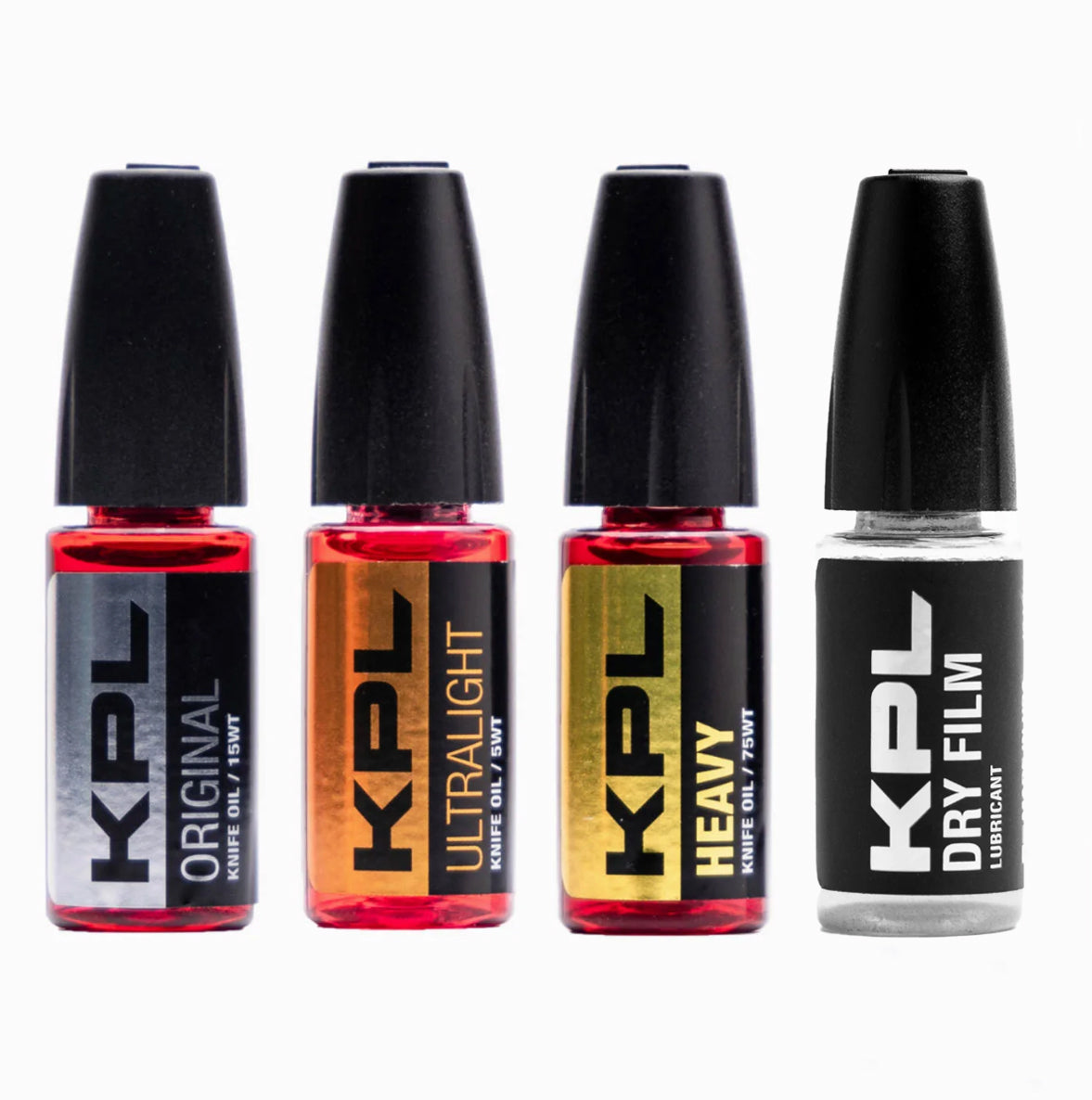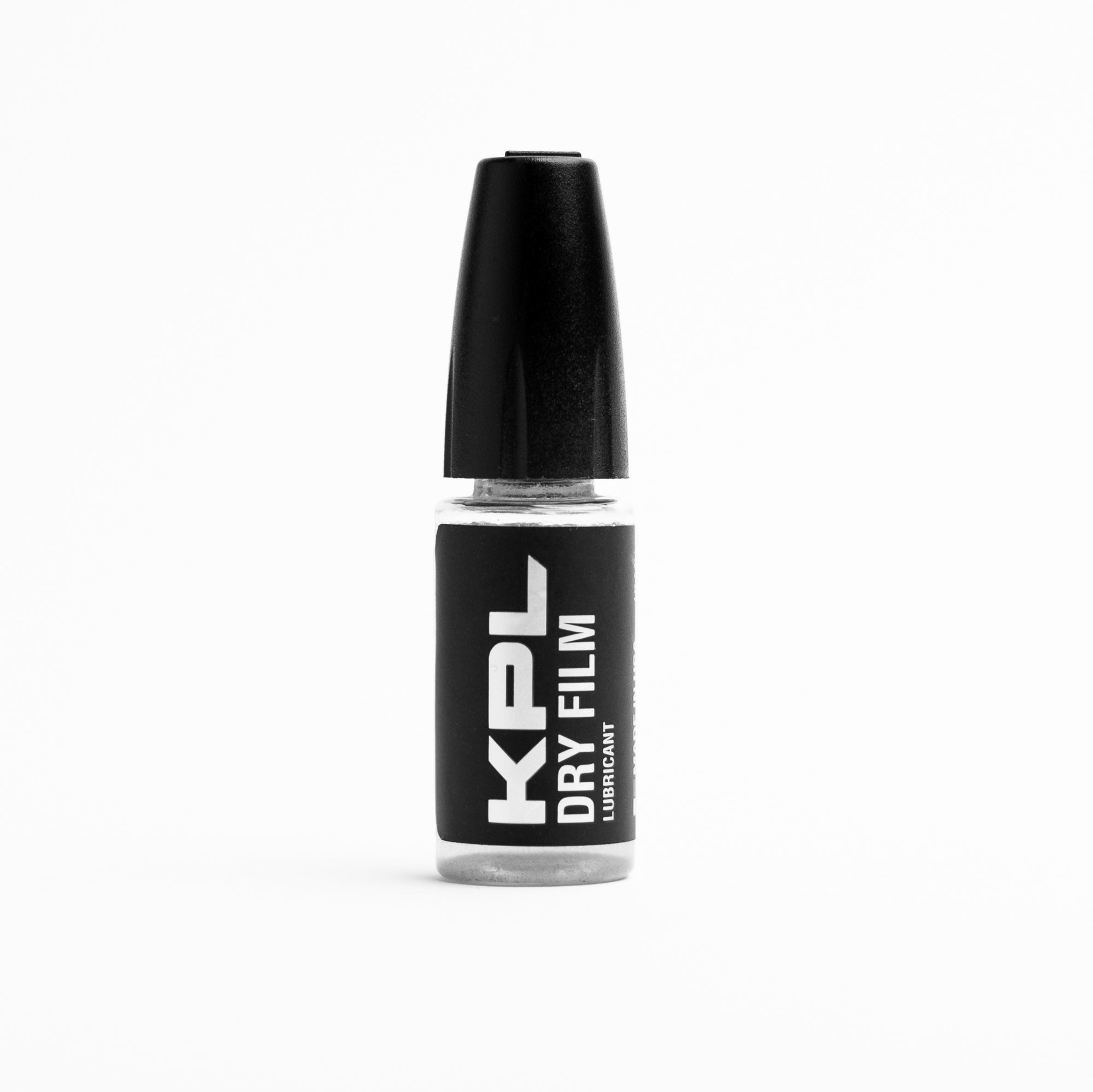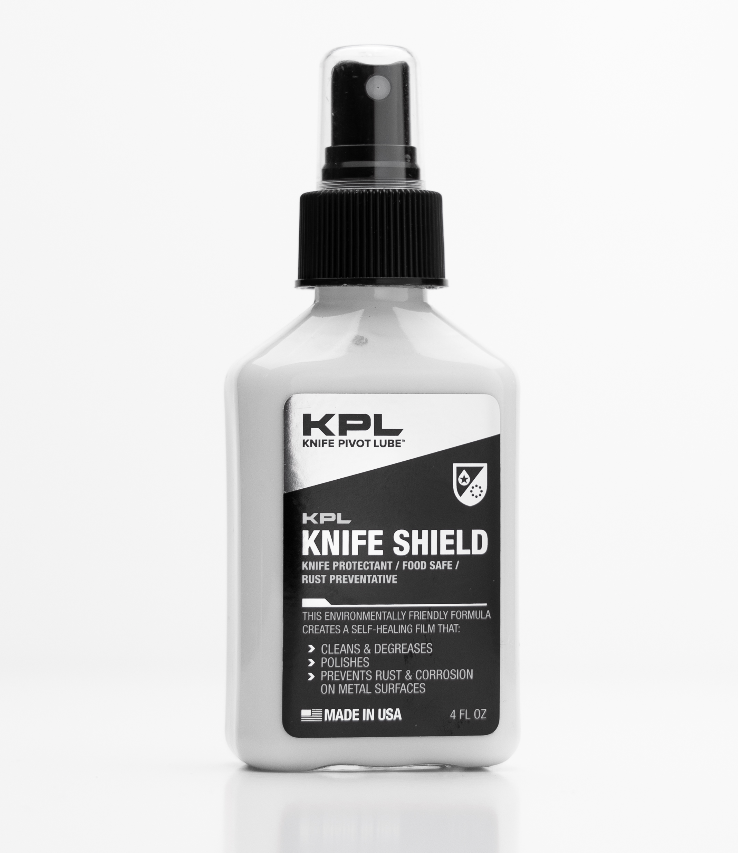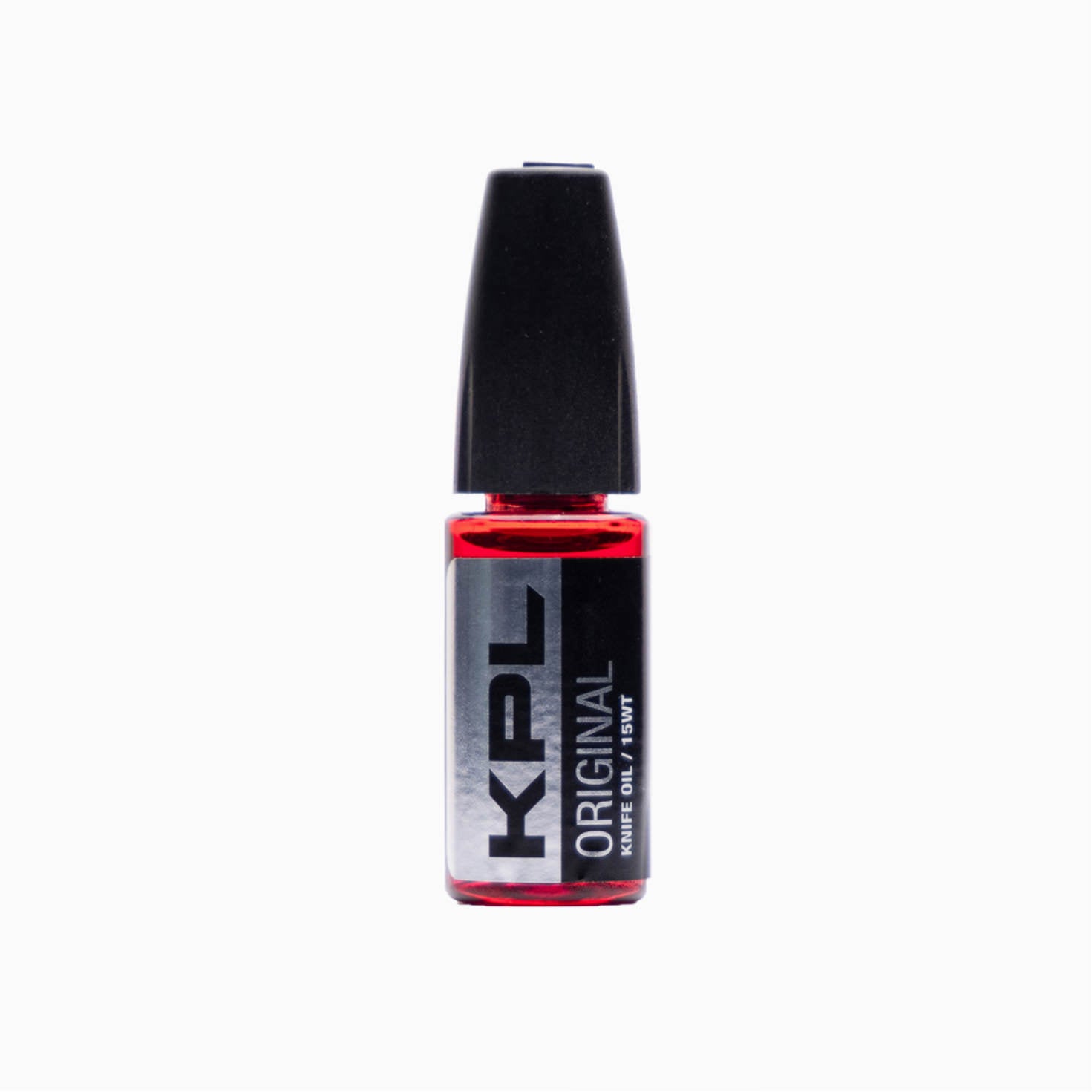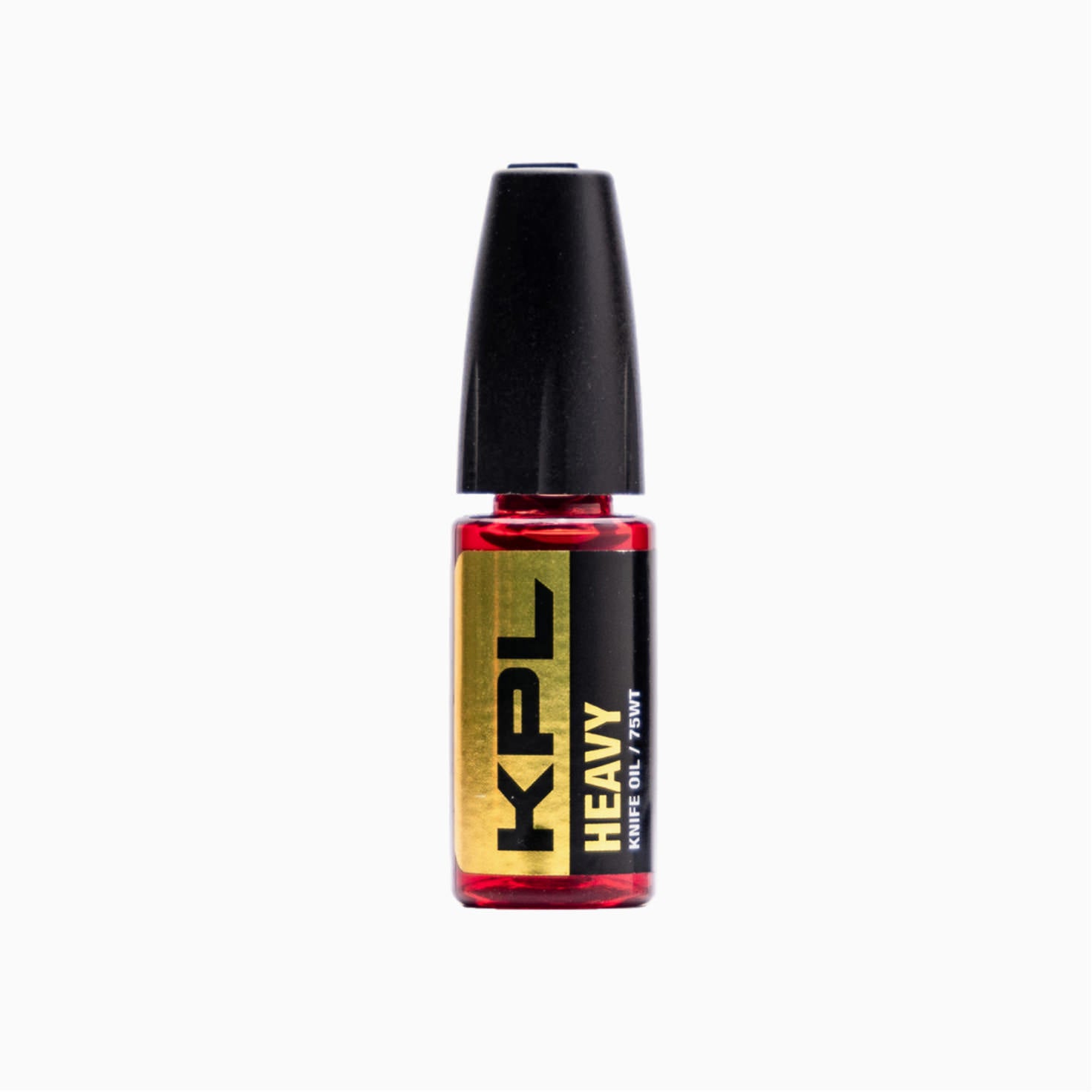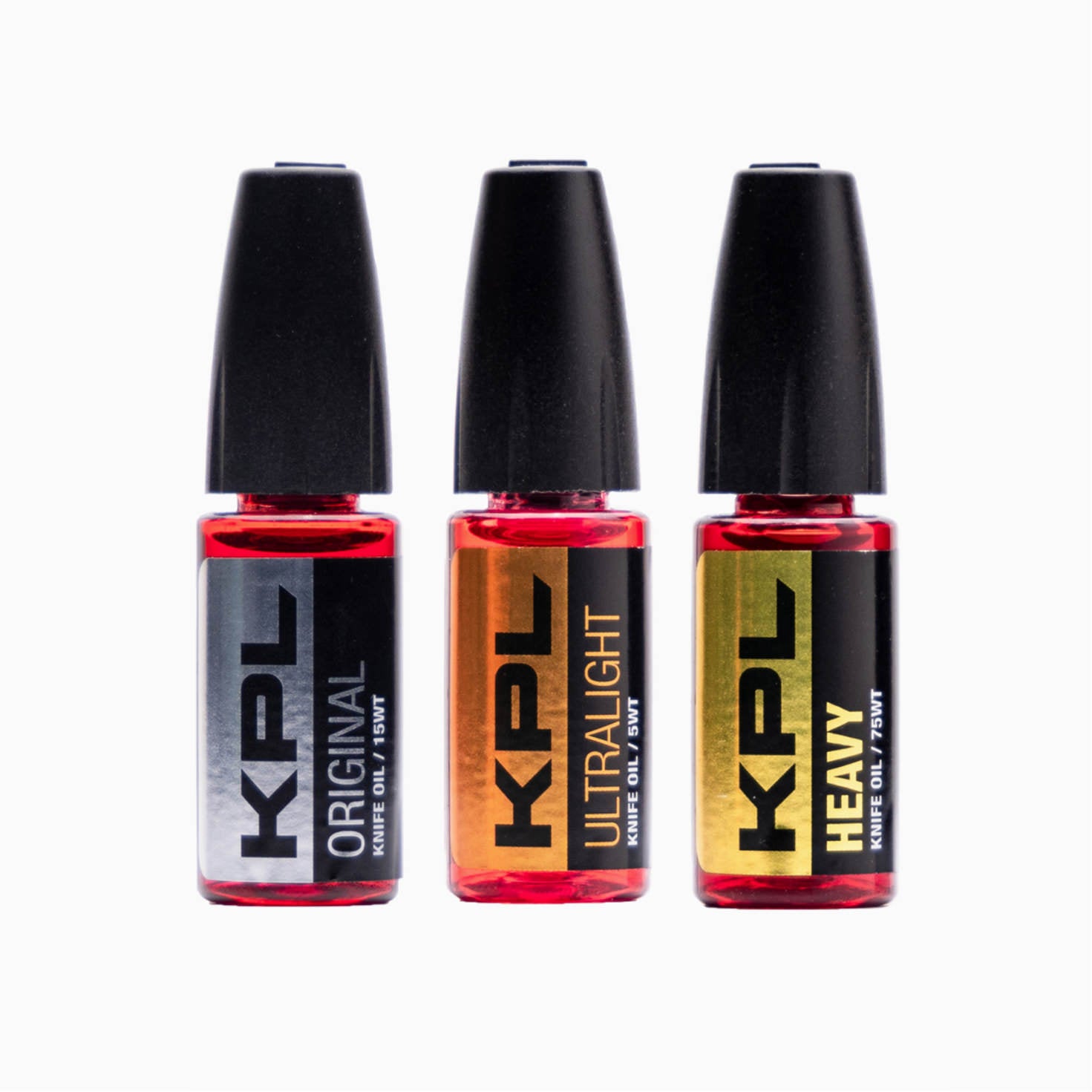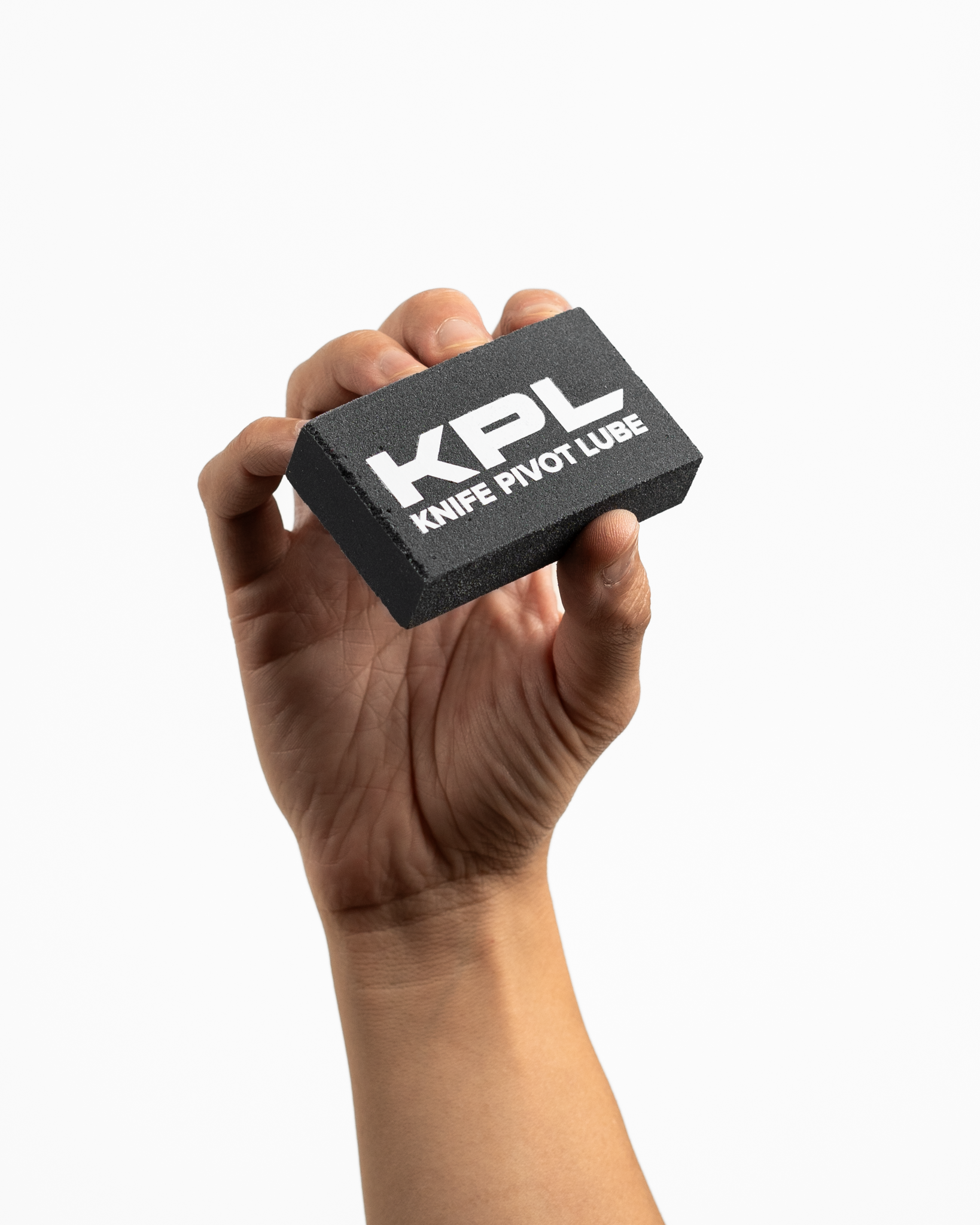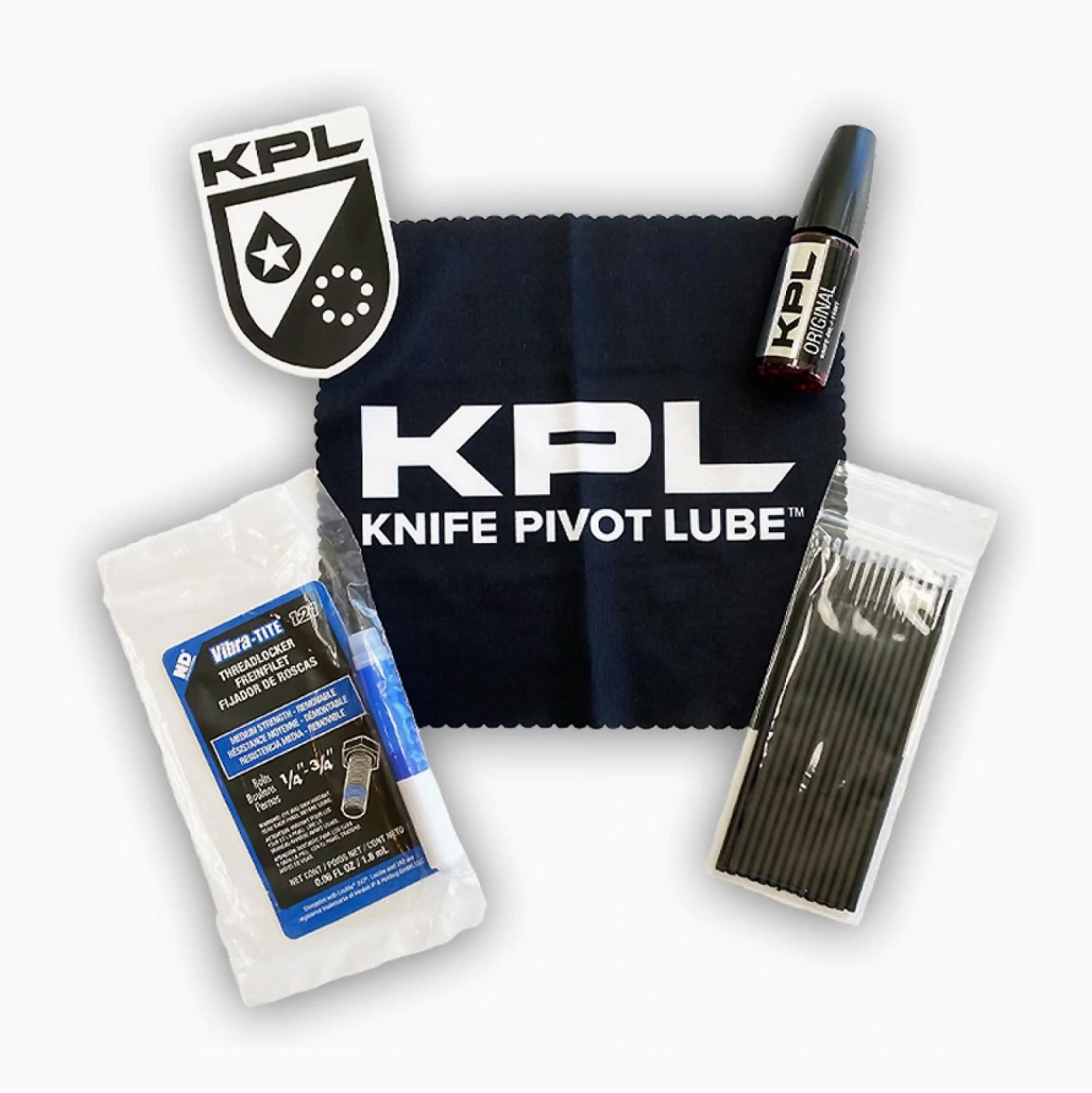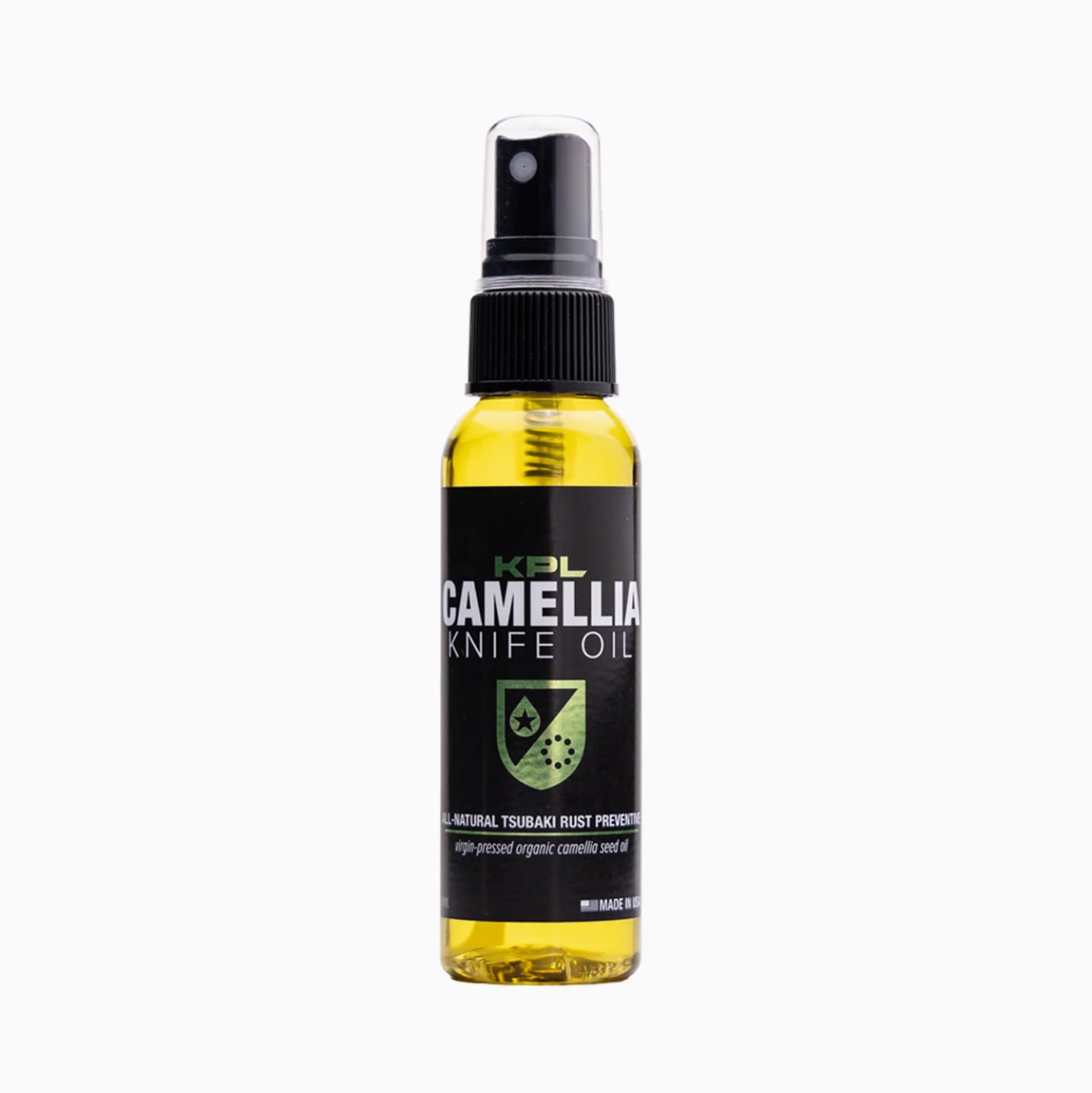Are you prepared for your next great adventure, or would you be caught off-guard in an unexpected survival situation?
Equipping yourself with proper survival gear is essential for any outdoor enthusiast, whether you're a seasoned pro or a weekend warrior. Survival gear can be a lifesaver in various scenarios, from getting lost in the wilderness to facing unexpected threats.
In this guide, we'll outline both the importance of survival gear, and talk about what's necessity and what's not! So, gear up let's get ready for the adventure of a lifetime!

Essential Survival Gear
Survival Knife
Probably mankind's first tool after a hammerstone, a blade is likely to be the most useful survival tool in your arsenal for a few reasons. First, a blade provides a sharp edge that's useful for processing wood for fires, and for making other tools and kindling. Second, knives function as scraping tools for striking firestarters, shaving tinder, and scraping fiber for making cordage.
In a pinch, a sturdy knife can be used to drill, baton, or even (as a last resort) to pry.
When choosing a true survival knife, consider choosing a knife based on its:
Steel - some steels are more suited to hard use survival situations than others. Most survivalists put a premium on toughness, sharpenability, corrosion resistance and edge stability. Every steel is a metallurgical balancing act, but popular options for survival knife steels are CPM 3V, AEB-L, 5160, Nitro-V, 1095 and A2.
In truth, most any steel will work fine, but survival specialists often avoid extreme edge holding steels on the lower end of the toughness scale so as to avoid edge chipping.
Style - shoot for a knife that's comfortable and reasonably sized. My own preference is for something with a blade between 4 and 8 inches. Folding knives are a convenient to pack, but full-tang fixed blades are optimal for their toughness and simplicity.
Tons of options are available, but here are a few brands we like here at KPL!
-
Knives by Nuge - Extremely high quality handmade, hand-ground knives, heat treated by Paul Bos with a priority on ergonomics, toughness and high quality sheaths and material. Their options in Nitro-V are tough and easy to sharpen.
-
Fallkniven - we love this brand for its high quality, refined designs, swedish inspiration, and super comfy Thermorun elastomer handles.
-
Lionsteel - If you like the look of this company's designs, we think the Sliepner steel in most of their outdoors knives is stellar.
-
Reiff Knives - typically larger and made from ultra-tough CPM-3V steel these knives feature comfortable and very precisely machined handles designed to fill the hand for top notch blade control.
-
LT Wright - classic designs, ultra-sharp hardened spines, quality materials, what's more to say!

Fire Starter
Fire is a fundamental element for survival in the wilderness, providing warmth, light, improving mood, and a means to cook food and purify water. Ideally, you'll carry one easy firestarting method, and one fall-back option.For us, that combo is a cigarette lighter from Bic and a hex firesteel by uberleben, but there are lots of options to choose from.

Importantly, you need to practice making fires many times before the survival situation occurs so that you aren't caught unable to make fire under pressure when things really count.
Water Purification
Clean and safe drinking water is crucial for any adventure. Carry enough water for your outings and rely on filters to supplement or as a backup. On longer trips, water filters become especially necessary.Water filters help purify water from sources like lakes, rivers, and streams. They come in various forms, such as straw filters, pump filters, and bottle filters. When choosing a water filter, consider factors like filtration capacity, filtration speed, and portability. I personally like the products made by Sawyer, but I'd also rely on Lifestraw (short term), Katadyn, and MSR.
If packability is at a premium, Aquatabs are my favorite option. They work more than 4x faster than the old iodine technologies and the taste is much better too!
First Aid Kit
Most of us overpack our first aid kits. Unless you have a very unique need, the primary goal of your first aid kit should be temporary stabilization followed by communication with help if needed and transport to medical care. Stick to the absolute necessities and prioritize rescue:-
a few bleeding control items like band-aids, sterile gauze rolls, quick clot, an elastic wrapping material, and a high quality tourniquet.
-
moleskin for blister treatment
-
spare required medications
-
aspirin for heart symptoms and headache
-
a lightweight moldable splint
- a satellite beacon or newer iPhone.
Appropriate Clothing/Blanket
Hypothermia can rapidly ruin your day and is easily preventable. Wear appropriate clothing and bring an extra layer. A small packable blanket or windbreaker can easily make the difference between survival and death.
How to Use Your Survival Gear in an Emergency Situation
Getting Lost or Stranded
In this situation, use your survival gear like a compass, map, whistle, and flashlight to find your way back or signal for help. Stay calm and focused, and know what to do if you encounter wildlife or other dangers.Getting Injured or Sick
Use your survival gear to treat your injury or illness, such as bandages, antiseptics, and painkillers. Prevent infection and complications, and know when to seek professional medical help.Getting Cold or Wet
Use your survival gear to stay warm and dry, such as a fire starter, blanket, and shelter. Learn how to avoid hypothermia and frostbite and what to do if you experience them.Getting Hungry or Thirsty
Use your survival gear to find food and water, such as a water filter, fishing kit, and hunting knife. Learn how to identify edible plants and animals and avoid dangerous ones. Know how to cook and store food and water, and what to do if you experience food poisoning or dehydration.Getting Attacked or Threatened
Use your survival gear to defend yourself and escape, such as a survival knife, pepper spray, or defensive firearm (the Glock 19 is my personal favorite when going into nature). Learn how to avoid confrontation and conflict and what to do if you encounter hostile people or animals.How to Improve Your Survival Skills and Knowledge
Improving your survival skills and knowledge involves learning from experts and practicing regularly. Find and enroll in survival courses, workshops, or camps that suit your level and interest.Read and watch survival books, magazines, blogs, videos, podcasts, etc., that offer useful information and advice. Test and challenge yourself with survival scenarios, games, and quizzes to enhance your skills and knowledge.
Conclusion
In conclusion, survival gear is an essential part of any adventurer's kit, whether you're a seasoned pro or a weekend warrior.From knife maintenance to fire starters, water filters, survival knives, and first aid kits, investing in quality gear can greatly enhance your outdoor experiences and potentially save your life in an emergency situation.
Packing your gear efficiently, knowing how to use it in various scenarios, and continually improving your survival skills and knowledge are all key components to being prepared for any adventure.
Thank you for taking the time to read our guide, and we wish you a safe and exciting journey!

